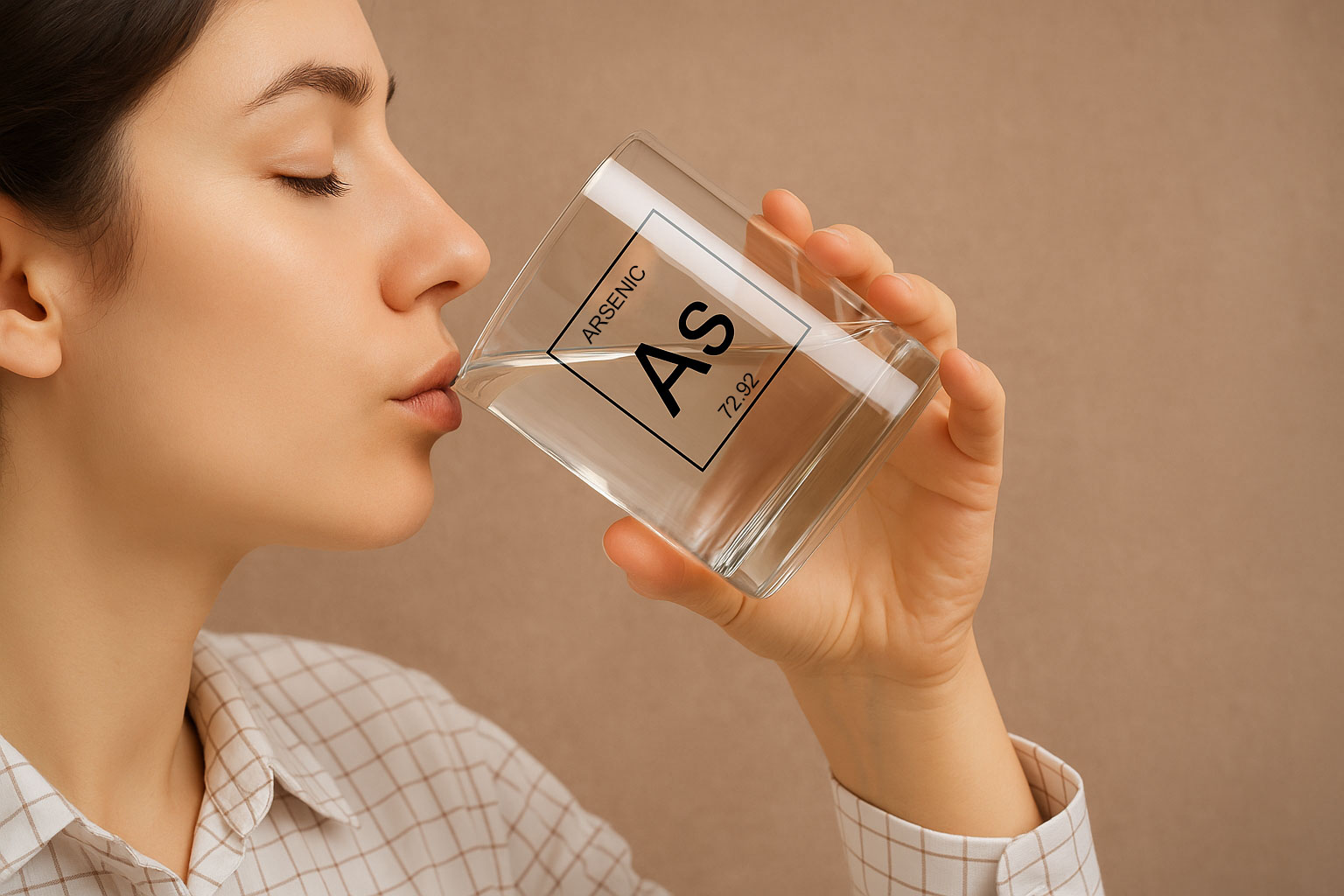On a sunny July afternoon, a family of five walks up to the entrance of their local public pool. The kids are buzzing with excitement, inflatable tubes slung over their shoulders, sunscreen still streaked across their cheeks. At the gate, a cheerful lifeguard greets them with a clipboard in hand and a curious question:
“Would you like to sit on the side of the pool that gets peed in, or the side that doesn’t?”
The dad chuckles, assuming it’s a joke—until the lifeguard maintains eye contact. After a few awkward seconds and a nervous laugh, the mom hesitantly asks, “Wait… is there actually a non-peed-in side of the pool?”
The lifeguard shrugs. “Not really. It’s all the same water. Just figured I’d ask how comfortable you are pretending otherwise.”
Here’s the thing—your tap water? It’s the same situation.
Whether you’re on public water or you have a private well, we’re all drawing from the same sources. Groundwater, reservoirs, rivers—it’s a big pool. And in that pool are all kinds of things that shouldn’t be there:
-
Bacteria and viruses from agricultural runoff
-
Pharmaceuticals that flushed their way into the system
-
Chemical spills and PFAS (“forever chemicals”) from industrial waste
-
Lead, chlorine, and other byproducts of old infrastructure and disinfection
But when we turn on the faucet, most of us still ask the modern-day equivalent of:
“Which side of the pool is cleaner?”
Spoiler: it’s all the same water.
The Problem With Band-Aid Solutions
We often get calls from homeowners who are dealing with smelly, slimy, or discolored water. One common quick-fix they try before calling us? Chlorine bombing their well. While this might temporarily knock back bacterial contamination, it’s a little like Febrezing a dirty sock: the problem comes back, and now it smells like lavender bleach.
Not only is this a temporary solution, but it can also:
-
Accelerate wear on water treatment equipment, especially if not designed for heavy chlorine exposure
-
Affect the taste and smell of your drinking and cooking water
-
Expose your skin to harsh chemicals in the shower or bath
-
Miss the deeper problem entirely—the source of contamination, which might be ongoing
What About Government Regulations?
There’s a common misconception that “if the water is legal, it must be safe.” The truth? Legal doesn’t always mean healthy.
The EPA only regulates around 90 contaminants, while there are thousands more that go unmonitored. And even the contaminants they do regulate are often allowed at levels deemed “safe”—based on outdated science or incomplete research.
Take PFAS, for example. These synthetic chemicals have been linked to cancer, immune system suppression, and reproductive issues. The EPA is only now moving to lower the acceptable limits, years after initial studies showed the risks. And enforcement? That could take even longer.
So if you’re waiting for regulation to protect your household water, you might be swimming in the wrong side of the pool… for quite a while.
So, What Can You Do?
Investing in a whole-home water treatment system or drinking water purification like reverse osmosis is like installing your own private pool filtration system—one you can trust. These systems:
-
Remove a wide range of contaminants (even the unregulated ones)
-
Protect your appliances, fixtures, and plumbing from corrosive elements
-
Improve the taste, clarity, and safety of your water
-
Provide peace of mind every time you fill a glass
It’s not about paranoia—it’s about making a smart, preventative decision with the health of your family (and your wallet) in mind.
Final Thought…
That lifeguard’s question might’ve been a joke—but the water we use every day is no laughing matter.
So how many contaminants are you okay with in your home?
Because unlike the pool, you do get to choose which side you’re on.



